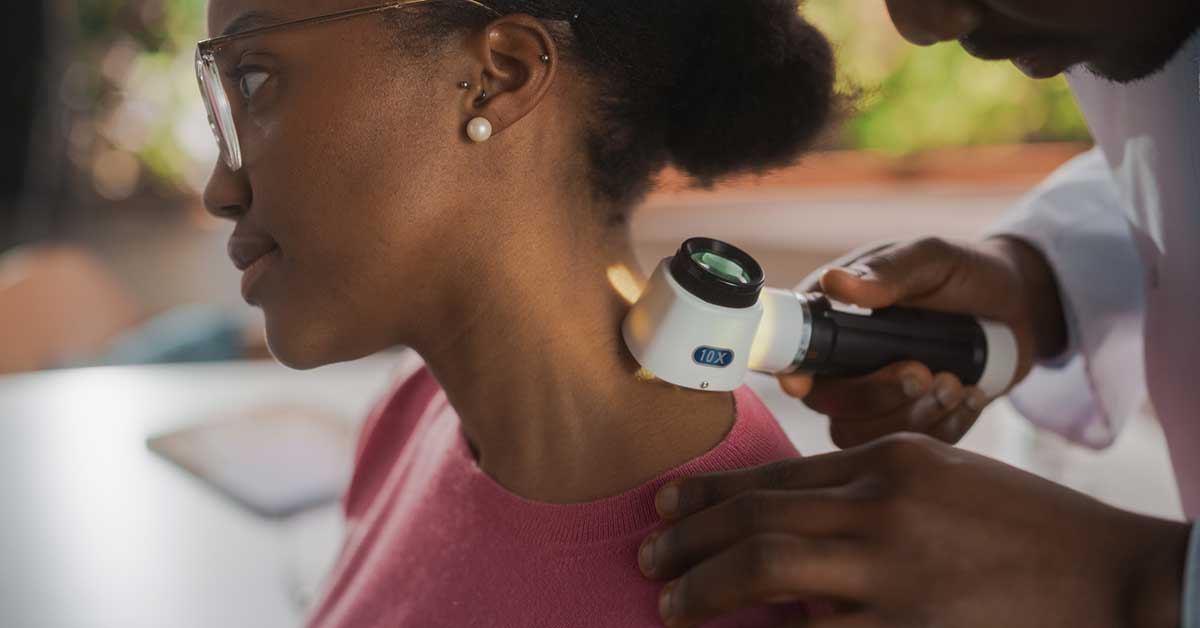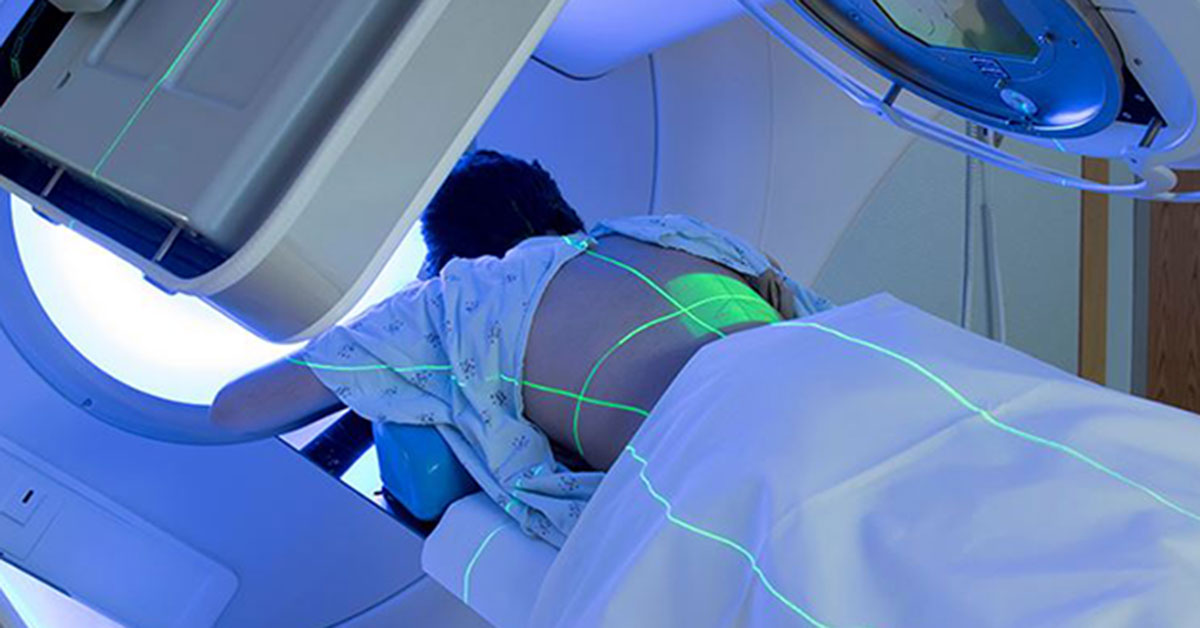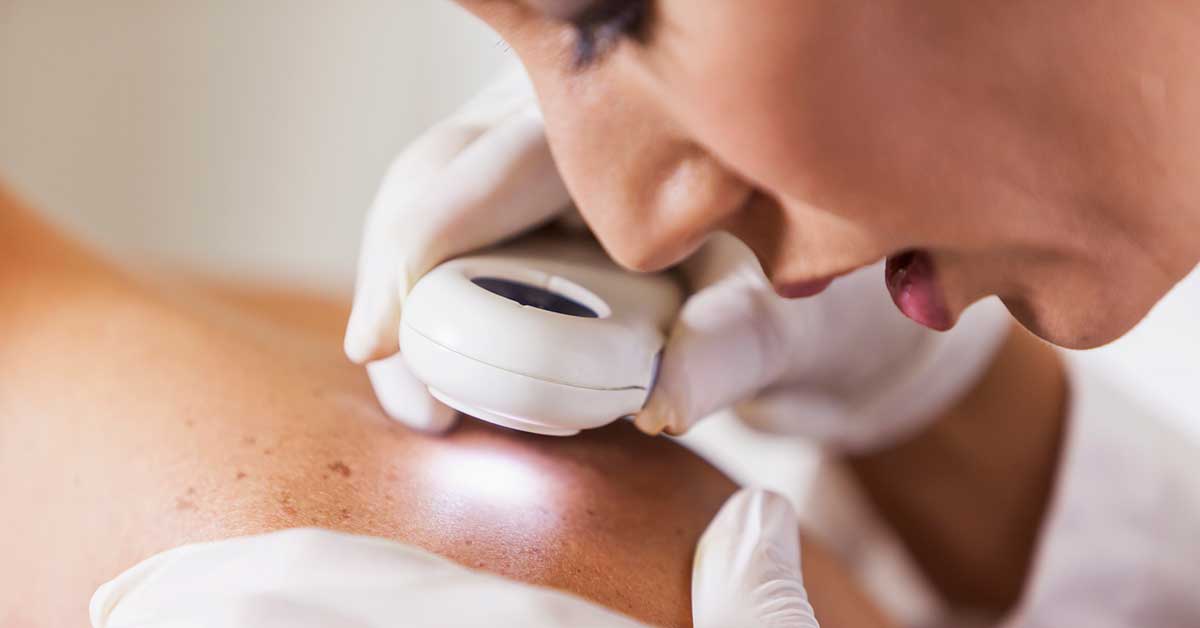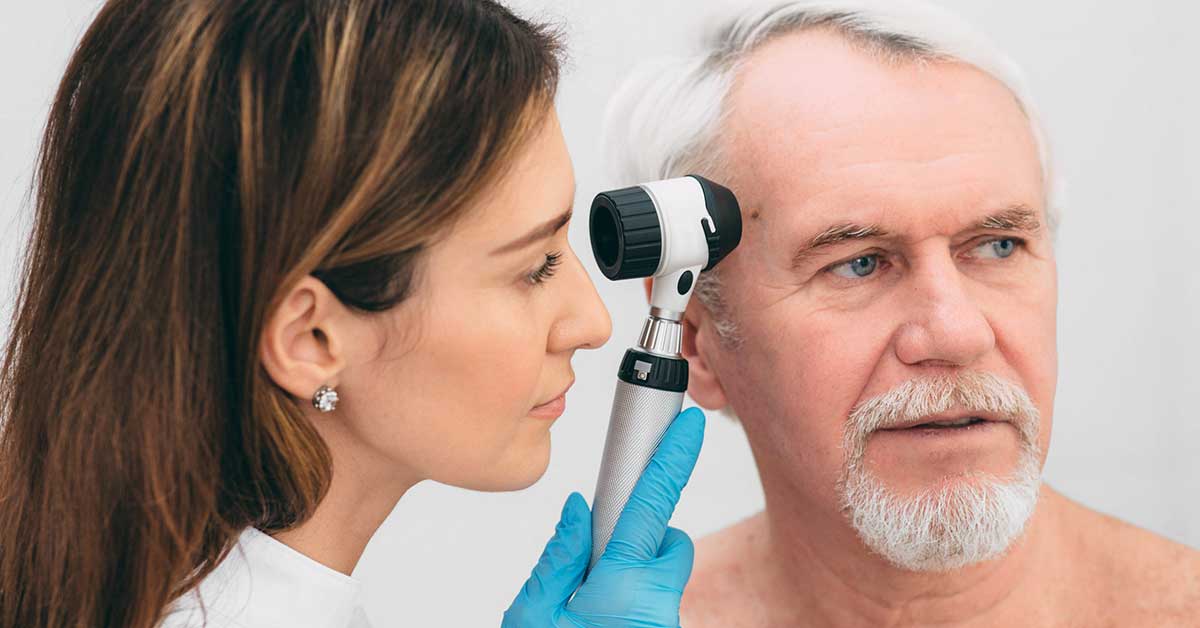Melanoma Skin Cancer - Summary, Symptoms, Treatments
Contact Us
What is Melanoma Skin Cancer?
Melanoma is a serious type of skin cancer. It develops when melanocytes, the cells that give the skin its tan or brown color, start to grow out of control. These skin cancers generally start in the top layer of the skin, the epidermis, and grow slowly. They are most often found on areas of the skin that are exposed to the sun.
Back to Top
Where can Melanoma develop?
Melanoma can develop anywhere on the skin, but usually starts on the chest and back in men and on the legs in women. When undetected, it can be fast-growing and can spread (metastasize) to other parts of the body, most often the nearby lymph nodes.
Back to Top
What are the most common risk factors for developing Melanoma?
About one in five Americans is likely to develop skin cancer by age 70. The risk increases with age. The most common risk factors for melanoma are:
- UV rays. Prolonged exposure to ultraviolet light (UV) is the main cause of damage to the DNA inside skin cells. Sunlight is the major source of UV rays. Tanning beds and sun lamps are also sources of UV rays.
- Moles. Having many moles or moles with irregular borders or colors. About one-fourth of melanomas develop in existing moles.
- Fair skin. Melanoma is more than twenty times more common in Caucasians than in African Americans. People with fair skin that burns or freckles easily or with lighter hair colors have higher risk.
- Family history. Having a blood relative, parent, sibling, grandparent, with skin cancer can increase risk.
What are the warnings signs of Melanoma?
The first warning signs of melanoma appear in moles that change in size, shape, color or feel. An easy way to recognize if a mole or other skin lesion may be cancerous is to review these ABCDE characteristics:
Asymmetry: one half of the mole does not match the other
Border: is irregular
Color: is not uniform
Diameter: greater than 6 mm (about the size of a pencil eraser)
Evolving: size, shape or color changes
Any skin changes, such as the appearance of new moles or freckles that are odd-shaped, fast growing or bleeding can be cause for concern.
How is Melanoma diagnosed?
A skin biopsy, where a small sample of tissue is removed for review in a laboratory, is the only definitive way to diagnose melanoma. Other diagnostic tests, such as ultrasound, CT, PET or MRI scans, can be used to determine the specific type and stage.
Back to Top
What are the treatment options for Melanoma?
Options for treating melanoma will vary, depending on its location, size, type and depth of the lesions, and may include:
Florida Cancer Specialists & Research Specialists physicians provide genetic testing and personalized treatment options for all forms of melanoma and skin cancers, including newer treatments that harness the body’s own immune system to directly target specific mutations in cancer cells.
What is the survival rate for Melanoma?
Ongoing advancements in medical oncology are leading to improvements in survival rates for patients with advanced melanoma. While melanoma accounts for only about 1% of skin cancers, it is the cause of a large majority of skin cancer deaths. When detected early, the five-year survival rate is 99%.
Back to Top
Preventing Melanoma: how to reduce your risk
Especially here in Florida, it is important to stay aware of the risks of too much sun exposure and take precautions to protect yourself and your family. To enjoy the outdoors safely, remember this simple formula: Slip, Slop, Slap & Wrap — Slip on a shirt, slop on sunscreen, slap on a hat and wrap on sunglasses to protect your eyes!
- Whenever you are in the sun, wear a sunscreen with a sun protection factor (SPF) of 30+. On average, a person’s risk for melanoma doubles if they have had more than five sunburns. Even just one blistering sunburn in childhood or adolescence more than doubles a person’s chances of developing melanoma later in life
- Do not use tanning beds
- Avoid exposure to harmful chemicals, including tobacco.
- Watch for any changes in moles or new suspicious skin growths
- Schedule an annual skin check with a healthcare professional
Is all Skin Cancer Melanoma?
Not all skin cancers are Melanoma. Other types of non-melanoma skin cancer include:
- Basal cell
- Squamous cell
- Merkel cell



























